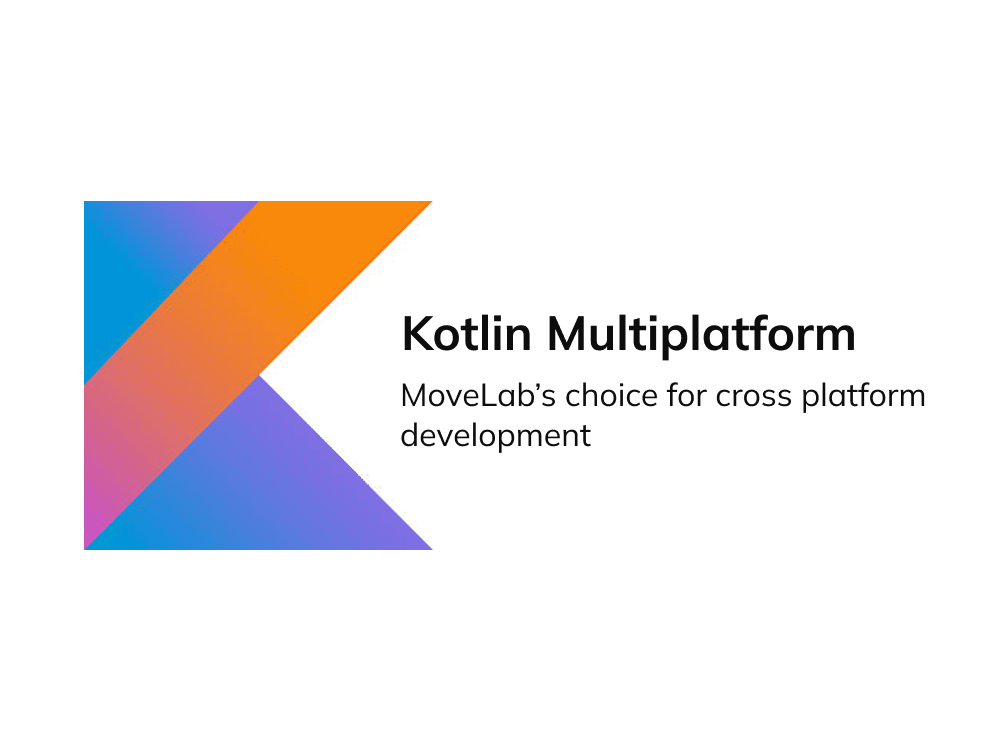How AI is Transforming Fitness: From Personalization to Real-Time Coaching

by
Joris Blaak
on
Sep 29, 2025
Artificial intelligence has found its way into nearly every industry, and fitness is no exception. From gyms to at-home training, AI is reshaping how people approach health and wellness. With its ability to process vast amounts of data and make smart predictions, AI is helping fitness become more personalized, efficient, and accessible than ever before.
The Growing Demand for Smarter Fitness
The fitness industry continues to expand, drawing people of all ages. With this growth comes a greater need for guidance. Exercise is an excellent way to improve physical and mental health, but it also carries risks, such as injuries caused by incorrect form, overtraining, or poorly designed programs. Personal trainers help bridge this gap by offering structured, goal-oriented plans. But access to training is often limited by cost, time, and availability.
This is where AI has the potential to make a lasting impact.
Current Approaches to Personalized Training
The idea of customized fitness isn’t new. A few widely used options already exist:
Wearable fitness trackers: These devices measure heart rate, steps, and calories burned, offering feedback based on preset goals. While useful, their recommendations are often limited and lack real-time adaptability.
Online personal training platforms: These provide structured plans and trainer communication through video or chat. However, the feedback isn’t live and tends to rely on static data.
Targeted Training Programs: These are pre-defined plans tailored to specific workout goals such as weight loss, strength building, or endurance. While they offer direction, they don’t adapt dynamically to individual progress, real-time performance, or changing needs.
While these tools have value, they lack the ability to adapt instantly to the individual user’s needs during a workout, something AI is beginning to solve.
Where AI Fits In
AI introduces three key phases where it can elevate the training experience:
Preparation: analyzing data (age, weight, fitness level, goals) to build a personalized program.
Execution: guiding users in real time, correcting form, and adjusting intensity on the spot.
Iteration & Analysis: tracking progress and refining training plans with every session.
The execution stage is still where the industry faces the most challenges, real-time guidance is not yet perfect. However, progress is rapid, and companies like ours are actively working to close this gap.
Benefits of AI in Fitness
AI-powered systems bring several advantages:
Real-time feedback on form and technique, reducing risk of injury.
Adaptive training plans that evolve session by session.
Injury prevention and rehabilitation support through early risk detection.
More affordable personal coaching compared to traditional one-on-one sessions.
The Future of AI in Fitness
Looking ahead, AI will most likely become the backbone of personalized training experiences. We expect to see:
Hyper-personalized coaching that adapts in real time.
Integration with wearables, sensors, and smart gym equipment for richer data.
Greater focus on injury prevention and recovery through predictive analytics.
Holistic wellness platforms that combine physical training, nutrition, and recovery in a complete ecosystem.
Movelab’s Approach
At Movelab, we believe AI should not just guide workouts but elevate them. That’s why we’re developing new algorithms, exploring richer data sources, and building technology designed to create truly hyper-personalized training experiences. And we do not want to limit who can use this technology. Our goal is to make these innovations accessible to any type of software, so smaller companies and startups can benefit from the same techniques.



